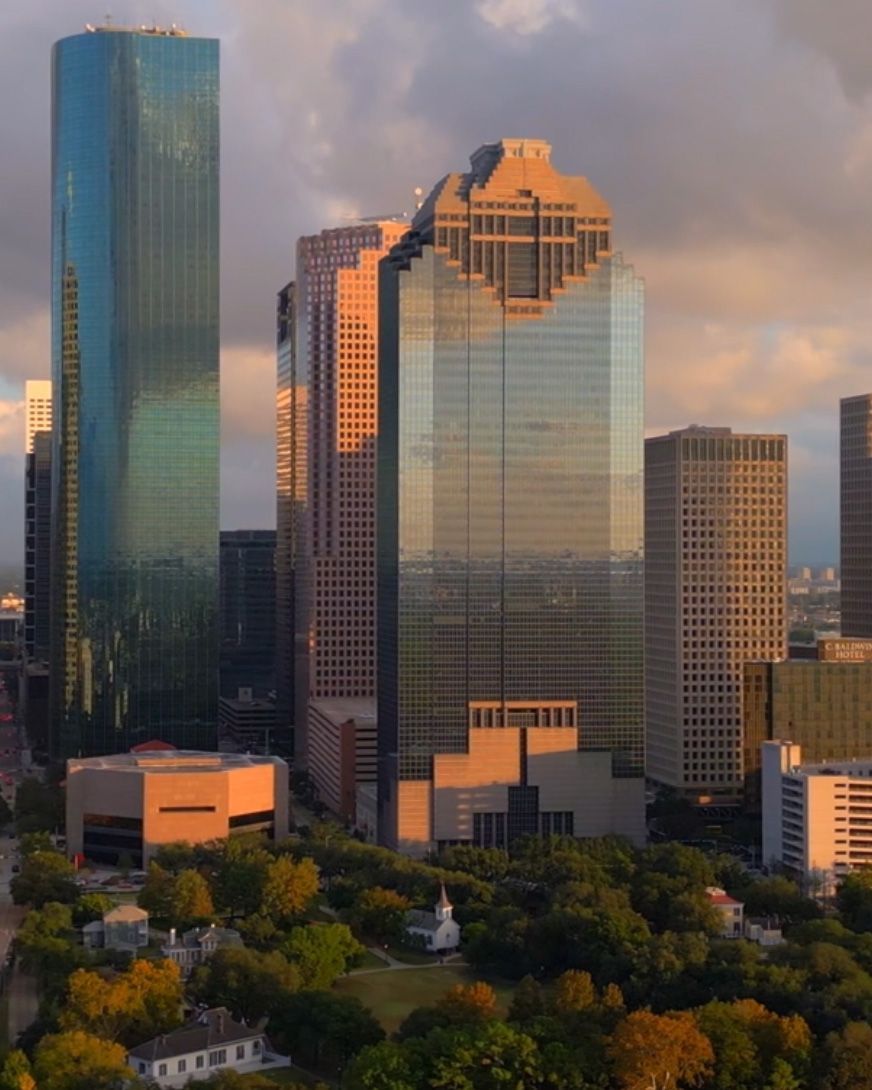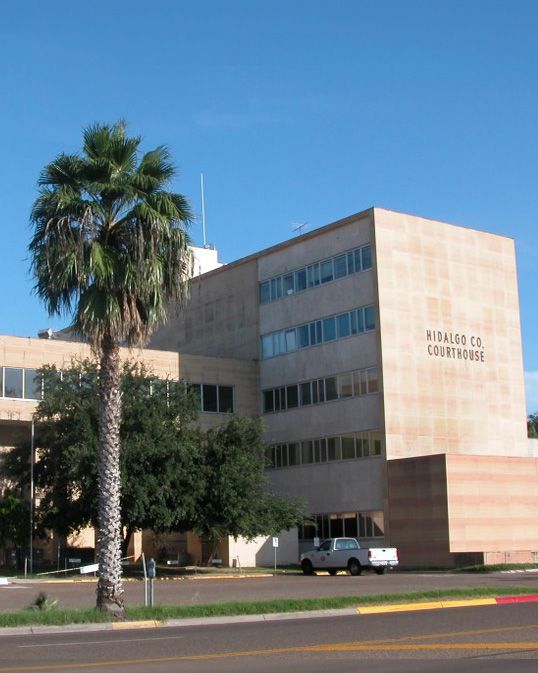What is Toxic Mold?
LAW BLOG •
Every homeowner dreads the idea of finding mold growth in the house. Mold outbreaks are not just unsightly – they can be extremely dangerous for you and your family’s health. However, due to numerous recent lawsuits, increasing public concerns, and inaccurate or sensationalized reporting from the media, many misconceptions about mold continue to pervade the public. Many homeowners may be holding inaccurate beliefs about mold , and it’s vital to separate the facts from the myths.
Understanding the Basics of Mold
Fungus serves an extremely important function in the world’s ecological systems: it helps break down and repurpose decaying organic matter. Without fungus, dead organic matter would remain and stagnate, potentially endangering other life in the area. Mold is a kind of fungus that can grow in virtually any warm, damp environment, inside or outside. Indoor mold appears in thousands of variations, and you should be happy to learn that even moderate mold deposits in your home probably aren’t hazardous to your health.
Generally, mold only becomes a threat if you face repeated exposure to large, dense mold deposits. In most situations, homeowners will be able to identify and handle these deposits before they reach significant levels. Cleaning mold deposits can be a challenge, even for small amounts. Mold reproduces through spores – tiny, almost invisible specks of fungal matter that become airborne and settle into other warm, damp surfaces to proliferate. Mold spores are also incredibly resilient and able to survive harsh environments much longer than you may expect.
Finding Mold in Your Home
Since mold requires warmth and moisture to grow, you’ll typically find mold in the areas of your home that have the least ventilation and the highest moisture levels, usually basements, kitchens, and bathrooms. You may also see mold growth in other places if you recently experienced water damage or a plumbing failure.
Most of the potted plants in and around your home likely have some amount of mold living in them, and mold can grow on various other surfaces and substances in your home, such as wood, paper, ceiling tiles, cardboard, drywall, and fabrics. Mold in one area of your house can easily spread to others by releasing spores which travel through your heating and air conditioning system. You may also track mold spores into your home on dirty shoes and clothing.
Mold vs. “Toxic Mold”
Technically, there is no such thing as “toxic” mold; however, some mold can produce mycotoxins under specific conditions. These mycotoxins spread with the mold’s spores and can cause significant health problems if your body absorbs them on a regular basis for an extended time. Two of the most commonly cited “toxic” molds are Aspergillis and Stachybotrys atra, also known as “black mold.” Black mold is adept at growing in structures with water or flooding damage.
Mold Removal
Unless you’re only facing a very small mold deposit, you should hire professionals who can handle mold removal. Mold spores can easily spread to other areas of your home when you attempt to clean it without the proper techniques and tools. Additionally, the mold removal process is different depending on what type of surface you intend to clean. If mold accumulates in an absorbent or porous material, you typically have no other option besides replacing the affected materials. It’s important to spot and control mold growth as early as possible to prevent the need for extensive and costly renovations.
If you believe that mold exposure created a health issue for you or a loved one, it’s important to speak to an attorney as soon as possible about it. While establishing negligence for a mold outbreak can prove tricky, an accomplished attorney will be able to assess the facts of your case and let you know your options for legal recourse.
The post What is Toxic Mold? appeared first on GES Injury Attorneys.
Every state limits the amount of time you have to file a claim.
Don't Delay.
Contact the Attorneys at Gordon & Elias, LLP Today to preserve your right to a recovery.
Contact Us
We will get back to you as soon as possible.
Please try again later.
100% FREE CASE EVALUATION
Free Consultation • No Fee If No Recovery



